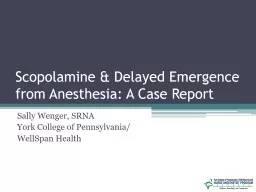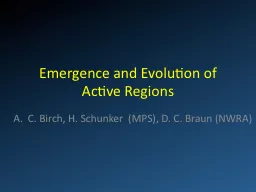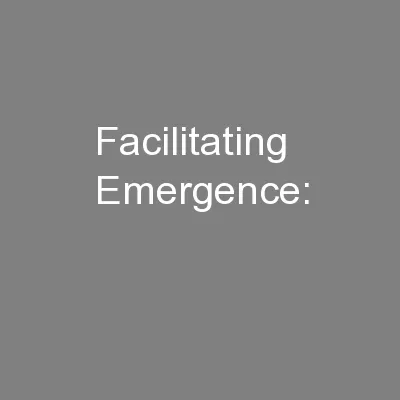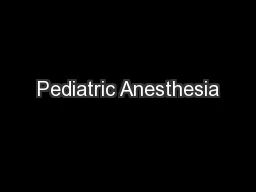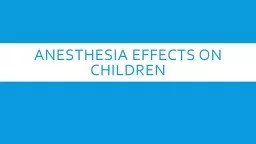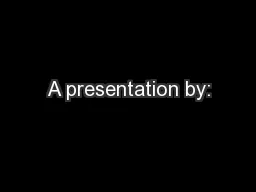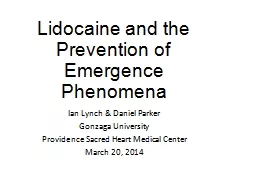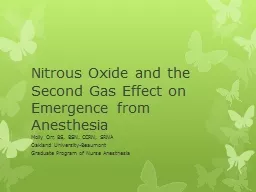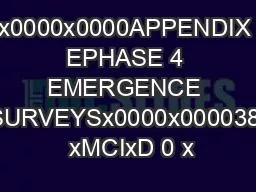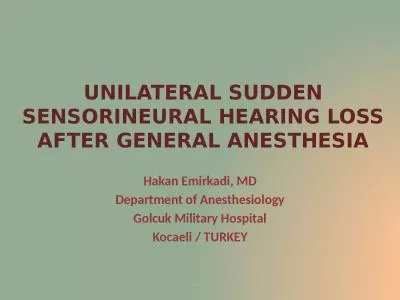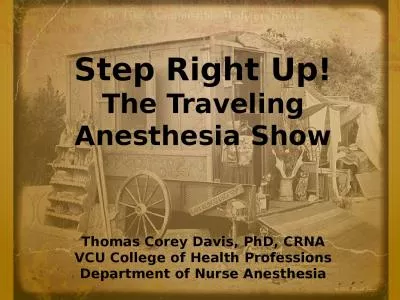PPT-Scopolamine & Delayed Emergence from Anesthesia: A Case Report
Author : conchita-marotz | Published Date : 2020-04-03
Sally Wenger SRNA York College of Pennsylvania WellSpan Health Case Studies are descriptive studies that are prepared for illustrating novel unusual or atypical
Presentation Embed Code
Download Presentation
Download Presentation The PPT/PDF document " Scopolamine & Delayed Emergence fro..." is the property of its rightful owner. Permission is granted to download and print the materials on this website for personal, non-commercial use only, and to display it on your personal computer provided you do not modify the materials and that you retain all copyright notices contained in the materials. By downloading content from our website, you accept the terms of this agreement.
Scopolamine & Delayed Emergence from Anesthesia: A Case Report: Transcript
Download Rules Of Document
" Scopolamine & Delayed Emergence from Anesthesia: A Case Report"The content belongs to its owner. You may download and print it for personal use, without modification, and keep all copyright notices. By downloading, you agree to these terms.
Related Documents

